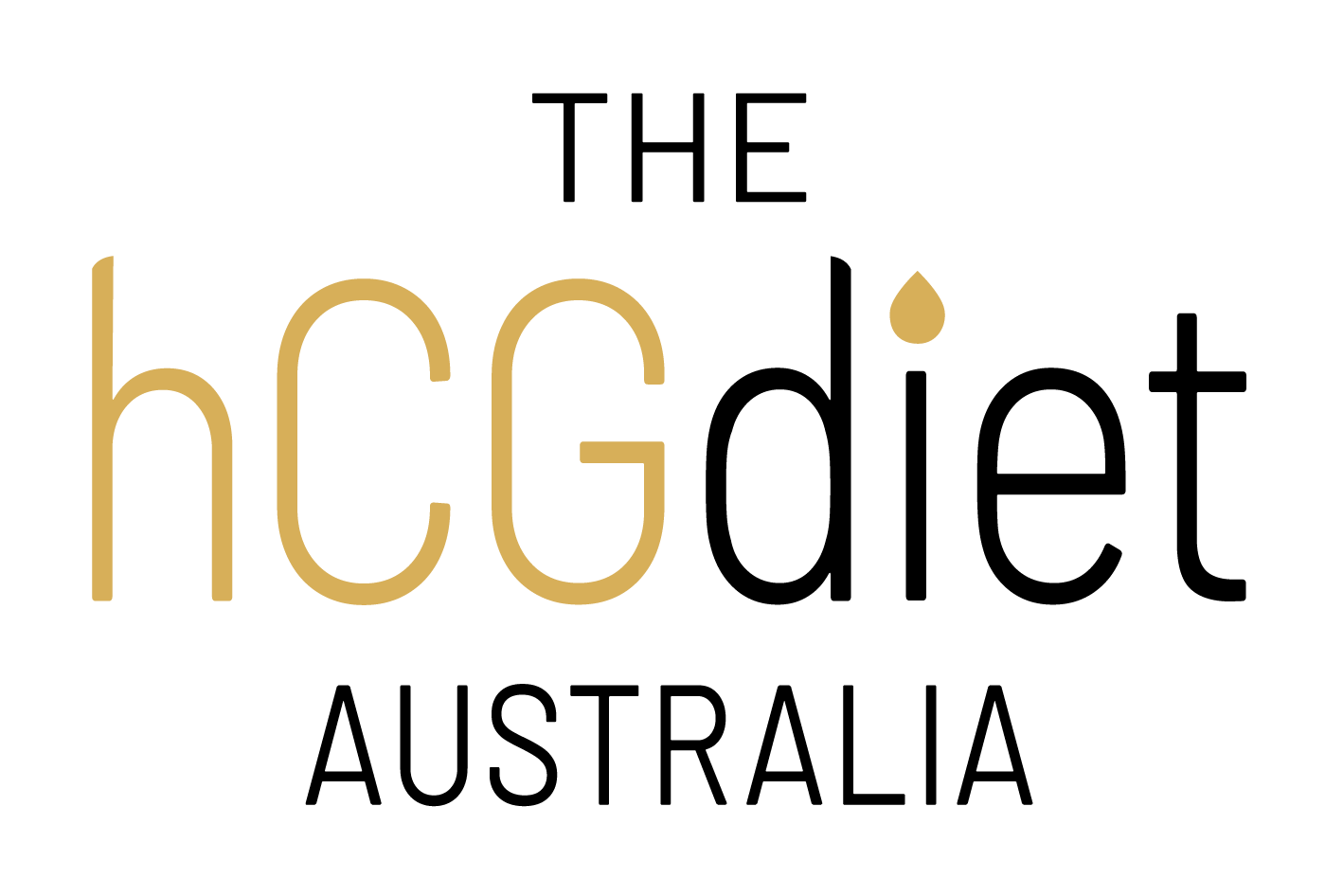When it comes to weight loss, men have unique needs and considerations. Whether you’re looking to shed a few pounds or embark on a more significant transformation, finding the right plan is essential. Here are ten effective weight loss plans tailored specifically for men:
1. The hCG Diet
- The hCG (human chorionic gonadotropin) Diet is a three-phase program:
- Loading Phase: Start by taking hCG drops and consuming healthy fats for two days.
- Rapid Weight Loss Phase: Continue with hCG drops and follow a low-calorie, no-fat eating plan (500 -800 calories per day). You’ll eat lean protein, fruits, vegetables, and a small amount of carbs.
- Maintenance Phase: Gradually reintroduce a variety of foods while stabilising your metabolism.
Benefits of the hCG diet include appetite control: HCG may help regulate appetite, making it easier to adhere to the low-calorie diet. Despite a low-calorie intake many experience an increase in energy. Unlike some diets the Man Drops hCG diet aims to spare muscle mass during weight loss.
-
- Why It Works: The hCG diet helps men lose weight rapidly while preserving lean muscle mass.
2. High Protein Diets
-
- Increased protein intake has been shown to promote healthy weight loss. Protein is the most filling macronutrient, meaning that adding it to your meals and snacks may help you feel satiated. Numerous studies reveal that high protein diets are more effective for weight loss than standard protein diets. These diets also preserve muscle mass during weight loss, which helps maintain resting energy expenditure (the number of calories you burn at rest). Men who follow high protein diets are more likely to maintain weight loss over time.
- Pros: Easy to implement, helps curb hunger, doesn’t involve calorie counting or restriction of specific foods.
- Cons: Very high protein diets are unnecessary for most people and must be individualised based on protein needs.
3. Ketogenic Diet
-
- A high-fat, low-carb diet that forces your body into ketosis, where it burns fat for fuel.
Here’s how it works:
The primary goal of a ketogenic diet is to reduce carbohydrate intake. By doing so, your body enters a metabolic state called ketosis.
When you’re in ketosis, your body becomes efficient at burning fat for energy. It also produces ketones in the liver, which can supply energy to the brain.
Types of Ketogenic Diets:
-
- Standard Ketogenic Diet (SKD): Very low carb, moderate protein, and high fat (typically 70% fat, 20% protein, and only 10% carbs).
- Cyclical Ketogenic Diet (CKD): Involves carb refeeds (e.g., 5 ketogenic days followed by 2 high carb days).
- Targeted Ketogenic Diet (TKD): Allows carb intake around workouts.
- High Protein Ketogenic Diet: Similar to SKD but with more protein (often 60% fat, 35% protein, and 5% carbs). However, SKD and high protein ketogenic diets are the most studied.
- Why It Works: Men often experience improved energy levels and fat loss on the keto diet.
4. Intermittent Fasting
-
- Is an eating pattern that cycles between periods of fasting and eating. It’s currently very popular in the health and fitness community. Unlike specific diets that dictate what foods to eat, IF focuses on when you should eat.
Methods of Intermittent Fasting:
- 16/8 Method: Also known as the Lean gains protocol, this involves an 8-hour eating window followed by a 16-hour fasting period. You can skip breakfast or dinner, depending on your preference.
- Eat-Stop-Eat: This method entails 24-hour fasts once or twice a week. It’s more advanced and suitable for those comfortable with fasting.
- 5:2 Diet: On two non-consecutive days each week, you consume only 500–600 calories, while eating normally on the other 5 days.
Historical Context:
- Fasting has been practiced throughout human evolution, and our bodies adapted to function without food for extended periods.
- Religious and spiritual reasons also drive fasting practices in various cultures.
5. Whole30 Diet
The Whole30 diet is a month-long elimination diet designed to improve overall health and well-being. Created by sports nutritionists Melissa Hartwig Urban and Dallas Hartwig, it aims to reset your nutritional habits by eliminating specific food groups that could adversely affect your body. Here are the key points:
-
- Emphasises whole, unprocessed foods and plant-based sources of protein. It’s associated with weight loss and overall health benefits.
Elimination Focus:
-
- The premise is that certain common foods in Western diets can be harmful. During the 30 days, you avoid:
- Sugar
- Alcohol
- Grains
- Dairy
- Legumes
- Certain food additives
- The goal is to allow your body to heal and repair itself by removing these potentially problematic foods and the aim to eat foods with few ingredients or no ingredients (because they’re whole and unprocessed).
- After 30 days, reintroduce the off limits foods one at a time to observe any reactions.
- The premise is that certain common foods in Western diets can be harmful. During the 30 days, you avoid:
6. Paleo Diet
A paleo diet is an eating plan based on the foods that humans might have consumed during the Paleo lithic Era, which dates from around 2.5 million to 10,000 years ago. Let’s explore the details:
Purpose of a Paleo Diet:
-
- The idea behind the paleo diet is that our genes have not fully adapted to the dietary changes that occurred with the advent of farming.
- Farming introduced foods like grains, legumes, and dairy, which might not align well with our genetic makeup.
- This mismatch is believed to contribute to health issues like obesity, diabetes, and heart disease today.
- Why It Works: Paleo reduces inflammation and promotes weight loss. Has been linked to reduced heart disease risk, weight loss, and weight maintenance.
7. Mediterranean Diet
The Mediterranean diet is a delightful and nutritious eating pattern inspired by the traditional foods of countries bordering the Mediterranean Sea, including France, Spain, Greece, and Italy. Let’s explore its key features:
Foods to Embrace:
-
- Plant-Based Abundance: Fill your plate with:
- Heart-Healthy Fats: Use extra virgin olive oil as your primary fat source.
- Moderate Consumption of Animal Products:
- Red Wine in Moderation: Enjoy a glass occasionally, preferably with a meal.
What to Limit or Avoid:
-
- Red Meat: Keep it minimal.
- Processed Foods: Say no to highly processed items.
- Added Sugars: Cut down on sugar-sweetened beverages and sweets.
- Refined Grains: Opt for whole grains instead.
- Processed Meats: Limit consumption.
- Alcohol: Enjoy in moderation.
Lifestyle Factors:
-
- Shared Meals: Savor food with others, fostering social connections.
- Flavourful Herbs and Spices: Use them generously instead of excessive salt.
- Why It Works: Supports heart health and weight management.
8. Low-Carb Diet
A low carb diet involves eating fewer carbohydrates and a higher proportion of protein and fat. It can also be referred to as a keto diet, although not all low carb diets result in ketosis. Here are the basics:
What to Eat on a Low Carb Diet:
-
- Protein-Rich Foods: Include meat, fish, eggs, and other protein sources.
- Vegetables Growing Above Ground: These are low in carbs and rich in nutrients.
- Natural Fats: Use butter, olive oil, and other healthy fats.
- Avoid: Sugar, starchy foods (like bread, pasta, rice, beans, and potatoes).
- Why It Works: Low-carb diets lead to rapid initial weight loss.
9. DASH Diet
The DASH diet (Dietary Approaches to Stop Hypertension) is a healthy-eating plan designed to help prevent or treat high blood pressure, also known as hypertension. It focuses on nutrient-rich foods and aims to lower salt intake while providing essential minerals like potassium, calcium, and magnesium. Here are the key points:
Foods Included in the DASH Diet:
-
- Vegetables
- Fruits
- Whole grains
- Lean meats
- Fish
- Nuts and seeds
- Fat-free or low-fat dairy products
Foods to Limit or Avoid:
-
- High-sodium foods: The DASH diet restricts salt (sodium) intake.
- Added sugar
- Saturated fat (found in fatty meats and full-fat dairy products)
- Why It Works: DASH promotes overall health and gradual weight loss.
Vegan or Plant-Based Diet
-
- Eliminate animal products and focus on plant-based foods.
10. Plant-Based Diet:
- A plant-based diet primarily consists of whole plant foods, emphasizing:
- Fruits
- Vegetables
- Legumes
- Whole grains
- Nuts and seeds
- It aims to minimise or exclude animal-derived products.
- Some people consider themselves plant-based even if they occasionally consume small amounts of animal products.
- Reasons for adopting a plant-based diet include health benefits and reducing environmental impact.
Remember that individual preferences and lifestyle play a significant role in choosing the best weight loss diet plan. Consult with a healthcare professional before starting any weight loss program, especially if you have underlying health conditions. Stay committed, stay active, and find a plan that suits your needs and goals.
Liza Brunell

Adv Dip Health Science Naturopathy,
Nutrition





